
Many of the world’s greatest scientific breakthroughs were down to serendipity — finding success unexpectedly. Startups have also seen this phenomenon, but it isn’t all mysterious; there are some repeatable methods to become “lucky”.
We’re all familiar with the story of how the world’s first antibiotic and the basis of our pharmaceutical industry, penicillin, was discovered completely by accident: in 1928 Alexander Fleming was investigating a strain of bacteria, when a contaminated petri dish showed inhibited growth. He famously uttered “that’s funny”, but instead of moving on, he explored further and realized that the anti-bacterial effects of the contaminant had the potential to treat disease.
Penicillin is by no means an anomaly; in fact many of the world’s greatest inventions and discoveries have been by accident — gravity, the Big Bang theory, the microwave, post-it notes, Coca-Cola — and many others.






Serendipitous findings: (top left, clockwise: Big Bang theory, Coca-Cola, Mauve, Teflon, Post-it notes, Microwave oven)
In all of these cases an unexpected learning superseded the original goals. However discovering something by chance requires more than luck: it requires an awareness and appreciation of the potential value of something tangential to the original objective. You have to be ready to take a left-turn on what you had imagined to be a long straight road.
The discovery of mauve is testament of this: the young apprentice William Perkin mistakenly created a light purple residue when trying to manufacture quinine under August Wilhelm von Hofmann. Perkins was a photographer was intrigued but Hofmann tried to dissuade him from exploring his accidental discovery and instead focus on investigating quinine. Yet Perkin saw the potential in manufacturing the first artificial dye and broke away from his supervisor… following his instinct and creating history.
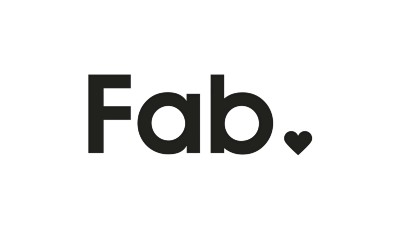
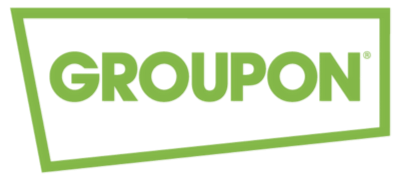
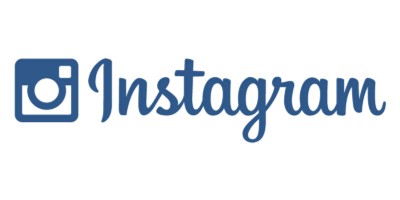


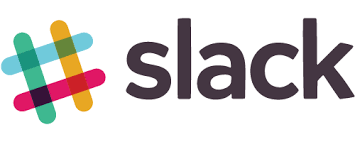
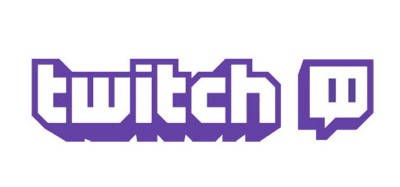


Startups that have resulted from accidental discoveries (aka pivots)
Groupon from The Point
Groupon started life as a social media platform to rally groups of people around common causes. One day someone used the site to try and get a group discount on lunch, and that sparked Eric Lefkofsky to suggest The Point have a separate section for group buying.
Pinterest from Tote
Pinterest started life as Tote — a catalogue of items from your favorite stores on your phone. It was a move from paper catalogues to online, but didn’t succeed because mobile payments were still clunky. Users weren’t purchasing as had been expected, but Ben Silbermann saw that they were still collecting their favourite items and trying to share with friends.
Slack from Glitch
Slack was a forced pivot because Glitch, the gaming company that Stewart Butterfield founded and worked on for almost 3 years, was going nowhere. With a much smaller team and much less runway Butterfield had to find inspiration for a new product and found it in an internal IRC-like communication app that the Glitch team had built and was using.
So how can we find and capture this serendipity in startups?
In trying to draw lessons from these successes that could apply to a new generation of young startups still searching for product-market fit, I came up with the following 5 takeaways:
1. Recognize that there are many routes to success
Founders have to constantly convince others about their idea and vision, and this risks creating a single-track mind. While it’s important to have conviction and belief for your project, don’t be blinded by it; retain some open-mindedness about the possibility of succeeding from an unexpected product or approach. Don’t be von Hoffman; be William Perkins.
I recently went through an intensive fundraising process for Chameleon and the grand vision that repeatedly excited investors forced away other ideas of where the product could evolve, and this can be dangerous. At seed-stage investors provide support and guidance, but shouldn’t drive product.
2. Leave space for exploration
Although there have been previous examples of companies providing time and space for this (e.g. 3M’s 15 rule, Google is most well known for it. Small teams may not have the luxury to dedicate 15-20% to random work, but they can still enable this: do not over-work employees such that they have no brainpower or creative-energy left to spot great ideas. Have company-wide off-sites, hackathons and side-projects not directly related to your goal.
We recently spent a day building and launching something tangential to our main product — and we’ll be launching it this week on Product Hunt!
3. Look for the “that’s funny” moment
When something doesn’t go to plan, look for any key learnings that might still create value. Success from experiments isn’t meeting the null or alternative hypothesis (that’s success in prediction) but learning something that can be applied in the next experiment. If you find yourself thinking “that’s funny” or “how strange” then dive in more!
Chameleon started this way: using Asana for the first-time, I found it troublesome to internalize their video tutorials and began exploring why there wasn’t a better method for onboarding new users.
4. Double-down on things that are going well
There is countless advice to build something strongly valued by a few (at least initially) over something weakly valued by many. So if you find something that is resonating with your users then focus on that. It’s where the Twitter @ symbol, the ‘Pay with Paypal’ button and of course many of the startup pivots highlighted above came from.
5. Pay strong attention to user feedback
To be able to double-down on the right things pay strong attention to what your users are telling you — both in their direct feedback and their actions. This should be as compelling (if not more so) than your original vision and could prove the difference between success and failure. Build in processes to bring customer feedback and user actions to a focal point for the whole team so anyone can identify trends and opportunities.
For us, we believed A/B testing user onboarding would be appealing, but are finding that our customers prefer showing variations (segmenting) instead and so have reversed our product roadmap to match that.
One of the obvious challenges of course is how much to explore left-turns. My advice is to “follow the scent” — if you can see that something else is valuable, then explore it, as you may when starting a new project. If your main project isn’t a runaway success then you could spend 5–10% of your time on, and grow that if it picks up speed.
I would love to hear from those who have made successful pivots and I’ll do a follow-up post detailing some of those stories. If you have one please email pulkit@trychameleon.com, and if you want to get notified follow me.
This post is also serendipitous! I had intended to write about how we hire, but I thought “that’s funny” when I listened to this awesome podcast.




